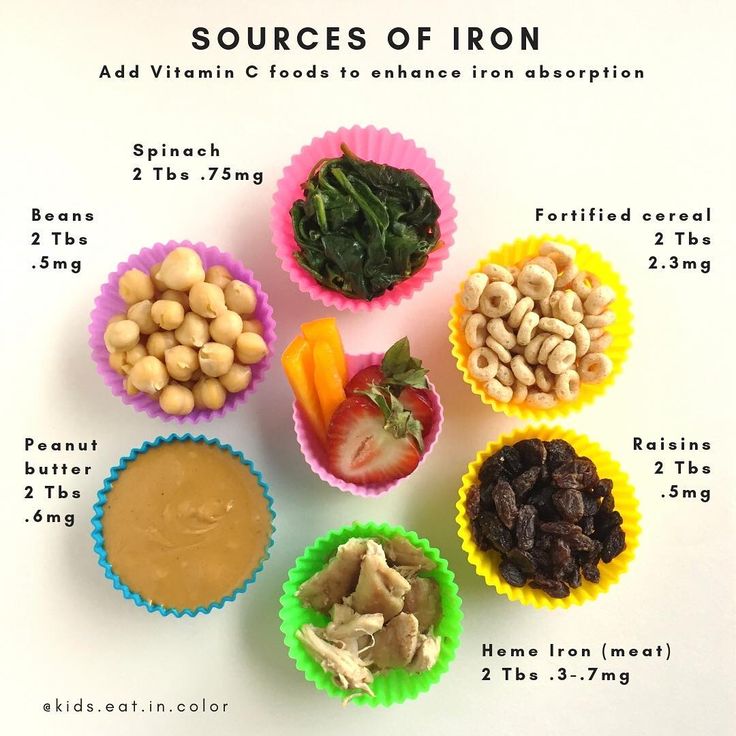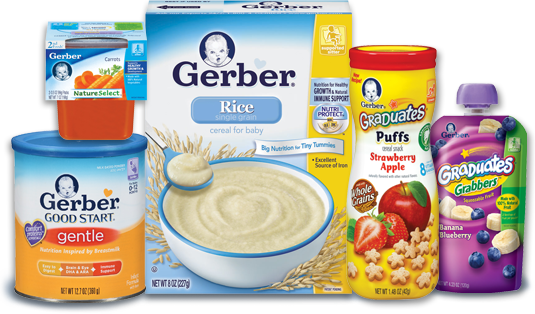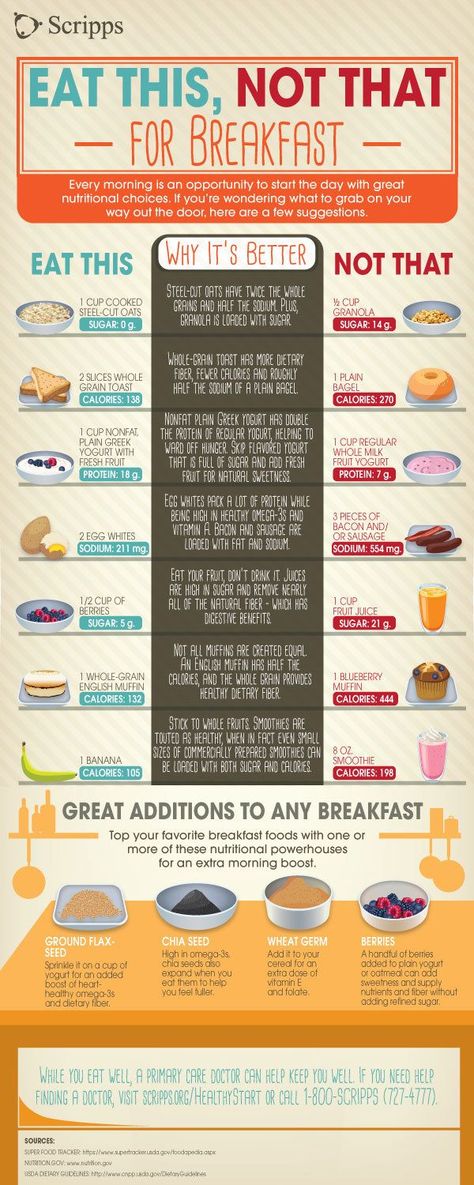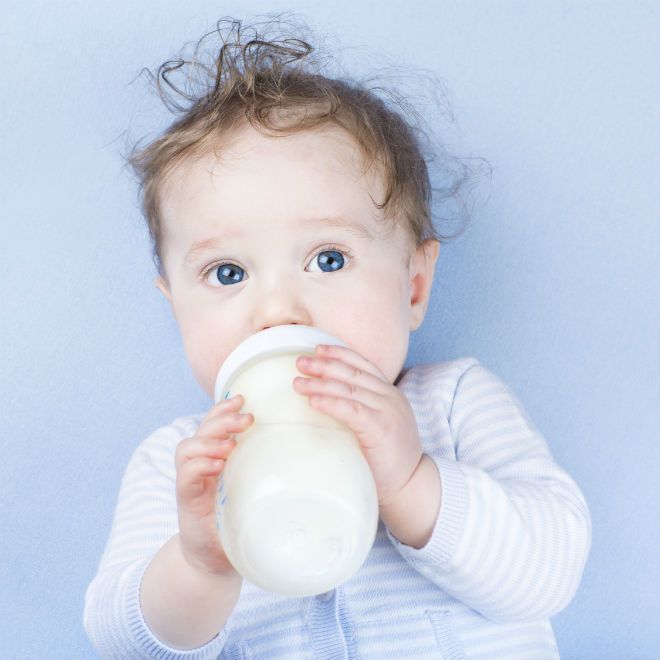Burp baby every feed
How and When to Burp Your Baby
A key part of your baby's feeding routine is burping him. Your baby may swallow lots of air while feeding, and burping can help remove some of that gassiness and ease his fussiness. It may also help prevent him from spitting up.
Find out how to burp your baby, and pick up some tips on making burping more effective.
How to Burp Your Baby: Positions to Try
Here are three burping techniques that have stood the test of time. After trying each of them out, you’ll probably settle on one that works best for you and your baby:
Hold your baby upright against your chest with his chin on your shoulder, all the while supporting him with one hand as you gently pat his back with your other hand.
Place your baby on your lap with him sitting up, all the while supporting his head and chest with one hand while you softly pat his back with your other hand.
Lay your baby on your lap with his belly faced down, all the while supporting his head so it’s higher than his chest, and pat his back.
Tips for Burping Your Baby
Try these tips the next time you need to burp your baby:
Use repeated, gentle pats on her back.
Cup your hand slightly as you pat her, as this is gentler than using a flattened palm.
Drape a towel or bib over your lap or shoulder to protect your clothing as you burp your baby, in case your baby spits up (sometimes called “wet burps”).
Now that you know how to burp your baby, and these tips help you do so effectively, here’s a helpful visual guide:
How Long Should You Burp Your Baby?
There is no specific length of time needed for burping your baby. The more important factor is how often you burp him. With that in mind, burp your baby frequently throughout feeds, even when it looks like he doesn’t need to be burped.
Waiting until after a feeding to burp your baby may mean your little one has swallowed too much air and may be fussier, so it’s better to stop feeding every so often and try to burp your little one. You could also try paced bottle feeding, which slows the flow of breast milk or formula from the bottle, which could help prevent gas.
You could also try paced bottle feeding, which slows the flow of breast milk or formula from the bottle, which could help prevent gas.
Here are some tips for burping your baby during a feeding:
If you’re bottle feeding (which can include formula feeding or offering expressed breast milk), you’ll want to burp him after every two to three ounces of milk.
If you’re breastfeeding, burp your baby each time he switches breasts. Some breastfed babies may not need to burp as often, as they may not swallow as much air.
If your baby hasn’t burped after some time, go back to feeding. Not every baby burps every time you want him to burp.
If your baby shows any of the following signs, you may want to burp him more regularly — for example, after every ounce of milk during bottle feeding or every five minutes during breastfeeding:
He is gassy
He spits up frequently
He has Gastroesophageal Reflux Disease (GERD)
He seems very fussy.

After a feeding is over, keep your baby in an upright position for 10 to 15 minutes. This can help prevent him from spitting up. You may need to burp him longer if he does spit up or has been diagnosed with GERD.
Other Instances When Burping Your Baby Might Be Beneficial
If your sleeping baby wakes suddenly and you suspect it may be because of gas, burping her might help relieve the pressure and help her fall back asleep.
A colicky baby, who may cry for three or more hours per day, might have gas from all the air she’s swallowed during one of these crying spells. You may consider burping her to see if it helps comfort her.
We hope these tips can help you burp your baby during feeding time to ensure she’s more comfortable.
Don’t forget to stock up on plenty of diapers, which you will surely need after all these feedings and burpings. Get rewarded for your Pampers purchases by using the Pampers Club app to earn rewards like coupons, gifts, and gift cards.
How to burp your baby
Photo credit: BabyCenter
Why do babies burp?
Baby burps are cute – and they serve a purpose. Pint-size belches release air trapped in your baby's stomach, making him more comfortable and less fussy. Burping also frees up room in your baby's tummy so he can settle in and feed longer.
Burping (along with smaller, more frequent meals) can also be beneficial for babies who spit up often or have symptoms of gastroesophageal reflux disease (GERD).
That said, there's no rule that babies have to burp after every feeding. Some babies need to burp a lot, while others rarely do.
In general, breastfed babies don't need as much burping as bottle-fed babies because they tend to swallow less air when feeding. But every baby is different, so follow your baby's cues.
If you're bottle-feeding, you may find that certain types of bottles help your baby swallow less air and reduce the need to burp.
When do babies need to be burped?
If your baby seems uncomfortable while feeding, is squirmy, or pulls away and starts crying, give burping a try. A good strategy is to take a burping break after every 2 or 3 ounces if you're bottle-feeding, or when your baby switches breasts if you're nursing. (Don't bother burping your baby if she seems content or falls asleep during or after a feeding.)
A good strategy is to take a burping break after every 2 or 3 ounces if you're bottle-feeding, or when your baby switches breasts if you're nursing. (Don't bother burping your baby if she seems content or falls asleep during or after a feeding.)
Many babies outgrow the need to be burped by 4 to 6 months old because they don't swallow as much air as they become more efficient eaters.
Three ways to burp a baby
There's more than one way to get the job done. Here are three different burping methods you can try. Experiment to find the one that's most comfortable and effective for you and your baby.
On your chest or shoulder
Advertisement | page continues below
- Put a cloth over your shoulder (and even down your back) to protect your clothes from spit-up.
- Hold your baby against your chest so her chin is resting on your shoulder.
- Support her with one hand and gently pat or rub her back with the other.
Or try this as an alternative when your baby has more head and neck control:
- Hold your baby farther up on your shoulder – high enough that your shoulder presses lightly on her belly, creating gentle pressure that will let out the burp.

- Support her with one hand and gently pat or rub her back with the other.
- Make sure your baby is able to breathe comfortably and isn't slumped over too far. A quick peek in the mirror to check her head placement can be helpful.
Sitting on your lap
- Put a cloth bib on your baby or a cloth over your lap to catch any spit-up.
- Sit your baby on your lap facing away from you.
- Use one hand to support his body, the palm of your hand supporting his chest while your fingers gently support his chin and jaw. (Make sure you're not putting your fingers around his throat.)
- Lean your baby slightly forward and gently pat or rub his back with your other hand.
Face down across your lap
- Put a cloth over your lap to catch any spit-up.
- Lay your baby face down on your legs so she's lying across your knees, perpendicular to your body.
- Support her chin and jaw with one hand. Make sure your baby's head isn't lower than the rest of her body so blood doesn't rush to her head.

- Pat or rub her back with the other hand.
Note: If you don't get a burp after a few minutes, try a different position. If that doesn't work, it's fine to stop – your baby may not need to burp.
Eva Dasher
Eva Dasher writes, researches, and edits content on a wide variety of subjects, including parenting, medicine, travel, natural history, science, business, and the arts. Her favorite pastimes include experimenting with new foods, libations, and restaurants, as well as traveling the world with her two college-age children, husband, extended family, and friends.
How to help the baby when regulating
Support icon ofKeywords for searching
Home ›!! How to help a child in sprinkling
Home Home ›!! How to help a child in regurgitation
↑ Verki
Breastal feeding - completely special time for mom and her newborn baby. Together with the feeling of closeness and affection that feeding brings, understanding its nuances cannot but raise many questions, including the question of how to help an infant spit up.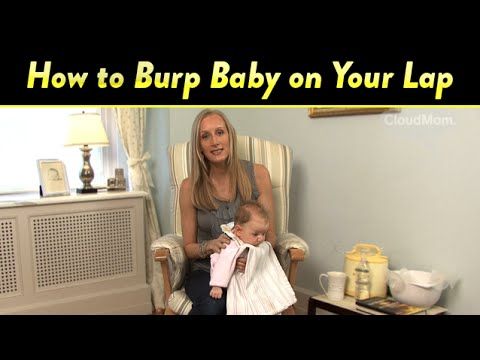 Regurgitation in a newborn is by no means always the result of a simple pat on his back. nine0015
Regurgitation in a newborn is by no means always the result of a simple pat on his back. nine0015
In this article, we'll talk about the basics of helping a newborn spit up, as well as other questions you may have about spitting up.
Why do babies spit up?
Let's get it straight: why do newborns need to burp in the first place? During feeding, children usually swallow extra air - this is called aerophagia. Spitting up helps prevent this air from entering the intestines, as well as vomiting, gas, and crankiness in the baby. To avoid the return of milk after feeding, you should give the baby the opportunity to burp more often. nine0003
How to help a newborn spit up?
During the first six months, the baby should be kept upright in a column for 10-15 minutes after each feed. This will help keep the milk in his stomach, but if the baby occasionally burps anyway, parents need not worry. While carrying your baby in an upright position, you can put a baby diaper or wipes on your shoulder to keep your clothes clean.
We've already seen why spitting up is important, now let's find out how to help your baby spit up. Parents should gently pat the baby on the back with a hand folded in a handful until he burps. Folding your hand into a handful is important because clapping with a flat palm may be too strong for an infant.
Every baby is different and there is no one right position for spitting up. To get started, you can try the following options:
- Sitting position with the baby on the chest. In this position, the parent puts the baby's head with his chin on his shoulder and with one hand supports the baby under the back. With the other hand, you can gently pat the baby on the back. This method is most effective in a rocking chair or when the baby is gently rocking. nine0044
- Holding the child upright on your legs. With one hand, parents can hold the baby by the back and head, supporting his chin and placing his palm on the baby’s chest, with the other hand, you can gently pat him on the back.
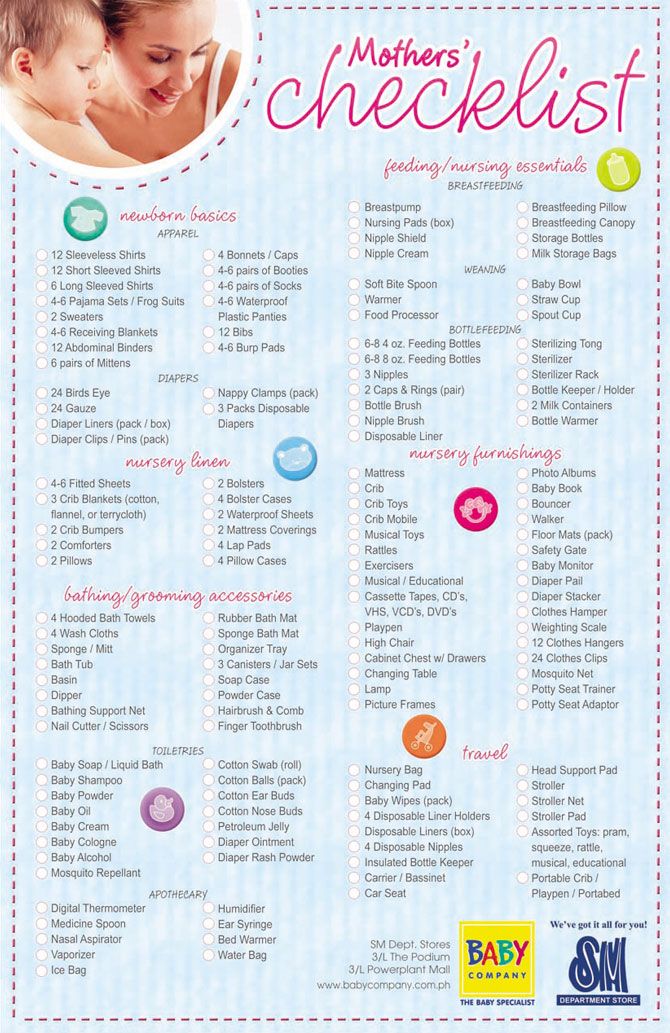 At the same time, it is important to be careful: do not press the child on the throat, but only gently support his chin.
At the same time, it is important to be careful: do not press the child on the throat, but only gently support his chin. - Holding a baby on your lap while lying on your tummy. Make sure his head is above his chest and gently pat your baby on the back until he burps. nine0015
Here are some tips on how best to help your newborn spit up:
- Let your baby spit up during feeding. If the baby is restless or has swallowed air, it is worth giving him the opportunity to burp during feeding, and not just after.
- When bottle feeding, let the newborn burp after every 50-60 ml.
- When breastfeeding, let the baby burp at every breast change. nine0015
It is important to let your baby spit up after eating, even if he spit up during feeding!
If your baby is gassy, spit up more often. Also, if he vomits frequently or suffers from gastroesophageal reflux disease (GERD), have him spit up after every 30 ml bottle-feeding or every five minutes while breastfeeding.
How long should a baby be held for it to burp? It's different for everyone, but generally keeping a newborn upright for 15 to 20 minutes after a feed helps the milk stay in the baby's stomach. nine0003
Minimize the amount of air you swallow. Gas production and regurgitation result from aerophagia during feeding. The baby will inevitably swallow air, but there are ways to prevent it from swallowing too much. Whether you bottle feed your baby or combine breastfeeding with bottle feeding, the Philips Avent anti-colic bottle with AirFree valve is designed so that the nipple is always filled with milk without excess air, even in a horizontal position, thus preventing the baby from swallowing excess air during feeding. nine0015
Reducing the amount of air your baby swallows can help reduce your baby's risk of colic, gas, and spitting up.
Breastfeeding is a wonderful time to strengthen the bond between parent and baby. Every mom and every baby is different, so learning to help your newborn burp properly can take time and practice.
Articles and tips from Philips Avent
Baby+ app
Download the app and track your child's development and growth with trackers, and keep those special moments forever.
Download app:
You are leaving the Philips Healthcare (“Philips”) official website. Any links to third party websites that may be included on this site are provided solely as a convenience to you. Philips makes no warranties regarding any third party websites or the information they contain. nine0003
I understand
You are about to visit a Philips global content page
Continue
You are about to visit the Philips USA website.
I understand
why this happens and what to do
First you need to figure out what can be considered regurgitation? According to experts, if a small trickle of milk flows out of the baby’s mouth after feeding, this is not regurgitation.
— The sphincter between the esophagus and the stomach in infants is still not working very well, so such leaks are quite possible, explains neonatologist of the highest category, pediatrician Anna Volik . - But constant or periodic, insignificant or rather abundant discharge of food, even in an upright position, immediately after eating or after 1-2 hours, this is regurgitation.
Why does the baby spit up after feeding
If the baby has eaten, and then there is a return flow of food, this phenomenon can frighten an inexperienced mother. But in most cases, such regurgitation is quite acceptable. “More than 50% of spitting up is considered physiological (functional) and does not require treatment,” says Dr. Volik. - It often seems to mothers that the child spits up everything that he eats. But at the same time, the baby feels good and is gaining weight well. In this case, it can be assumed that the mother is exaggerating. nine0003
There are certain physiological reasons for the infant that cause regurgitation.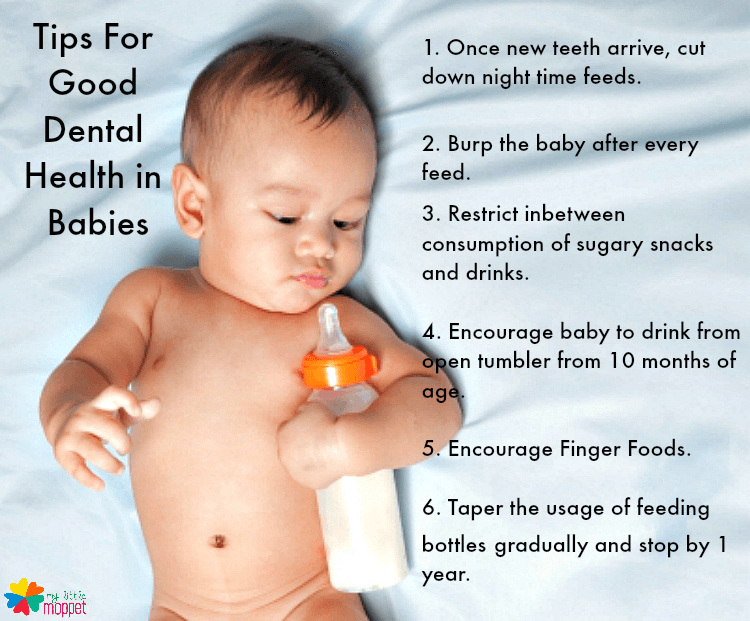
- Regurgitation is often combined with colic, which goes from about 3 weeks to 3-4 months. The child cries, tightens his legs, there is pressure on the diaphragm and food is ejected, sometimes in a fountain, - says our expert. - Also, if the baby burped after active movements: for example, he tries to crawl or rolls over on his stomach immediately after feeding, you should not be scared. This is also normal in the case when, after eating, the child went off in a big way, the mother began to change his clothes, wash him, and he burped. nine0003
But it is still important to observe: if regurgitation occurs at each feeding, this may already be a pathological process, and the child must be examined.
Symptoms of pathological regurgitation
- Poor weight gain;
- poor tissue turgor (insufficient skin elasticity) indicates dehydration;
- pale skin;
- blueness under the eyes;
- marked restlessness or apathy.
Even more severe symptoms, according to the pediatrician, are respiratory arrest during regurgitation, loss of voice and broncho-obstructive syndrome. nine0003
nine0003
— Pathological (including organic) regurgitation occurs several times a day, they are plentiful, may be accompanied by problems with digestion and skin, the child is not gaining weight well, Anna Volik explains. “Things like this need to be dealt with. Causes may be neurological or gastrointestinal.
Neurological symptoms
- The child does not sleep well. There may be a negative trend;
- regurgitation becomes more frequent;
- frequent regurgitation through the nose; nine0044
- startling, fear of sudden sounds.
Important: if such symptoms appear, with frequent and profuse spitting up at the age of 2-3 months, it is necessary to see a neurologist.
Pathologies of the gastrointestinal tract
- Gastroesophageal reflux disease, in which food is thrown from the stomach into the esophagus. By the way, one of the causes of this disease can be a prolonged cough.
— Mothers often ask when this disease goes away, says Dr.
 Volik. - The decrease in the process occurs by 7 months, and completely disappears in about 85% of infants by the year, at 95% of cases - by 1.5 years, and in 5% of children this reflux persists after reaching the age of 1.5 years.
Volik. - The decrease in the process occurs by 7 months, and completely disappears in about 85% of infants by the year, at 95% of cases - by 1.5 years, and in 5% of children this reflux persists after reaching the age of 1.5 years. - Regurgitation in combination with liquid frothy stools and increased gas formation may be a sign of lactase deficiency.
What to do if the baby spit up after feeding
First you need to exclude the possibility of pathology. If the mother does not observe alarming symptoms, such as weight loss, poor sleep, pallor and poor elasticity of the skin, bruises under the eyes, tremors, then in general, we repeat, there is no need for treatment. nine0015 However, when a child spits up after feeding, it is not pleasant enough. What can be done to minimize spitting up? First of all, pay attention to the feeding process itself, and it is also worth eliminating excessive activity immediately after eating.
Proper breastfeeding
— The presence or absence of regurgitation largely depends on how you feed your baby, says Anna Volik.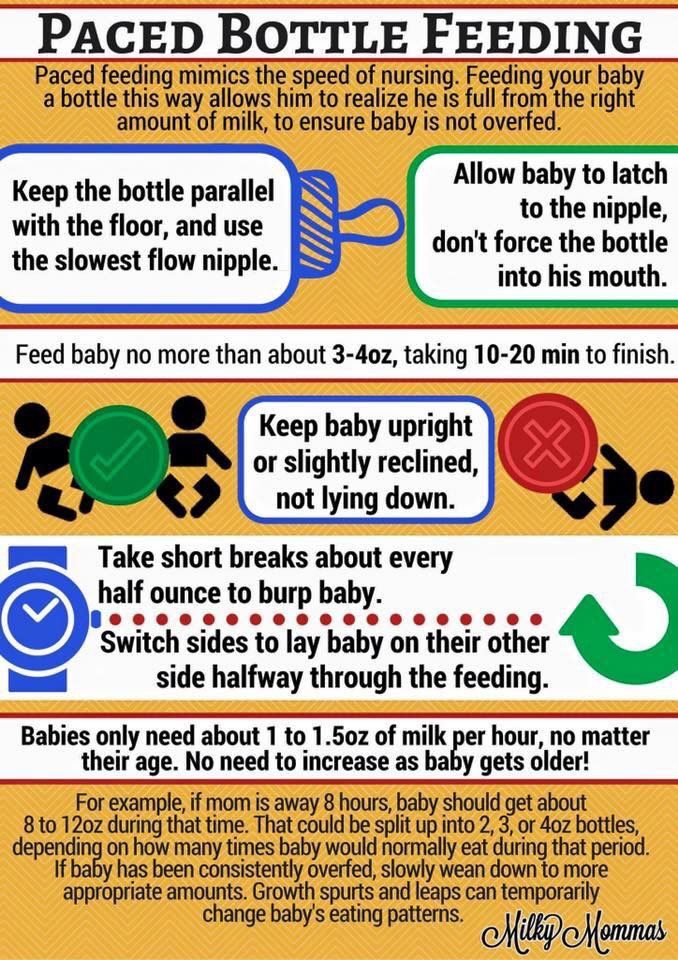 - The baby needs to be applied to the breast in a calm state, he must correctly capture the nipple. If he cries or does not grasp the nipple tightly, air enters the stomach and the baby may spit up. nine0003
- The baby needs to be applied to the breast in a calm state, he must correctly capture the nipple. If he cries or does not grasp the nipple tightly, air enters the stomach and the baby may spit up. nine0003
Hold the bottle at an angle
What should I do if my baby is spitting up after bottle feeding?
- If you are formula-fed, it is important to hold the bottle correctly - an angle of at least 45 degrees. Pay attention to the nipple itself - it should be with a small hole, - notes the pediatrician.
Do not overfeed
Yes, yes, it turns out that a child can burp simply because he ate too much.
— In the first 1.5 months, while lactation is developing, it is permissible to feed the baby on demand. But then you need to take breaks for 2-3 hours and develop a regimen, - emphasizes Dr. Volik. - Free feeding should last no more than three months! The child may not worry at all because of hunger, but the mother gives the breast to any anxiety of the baby.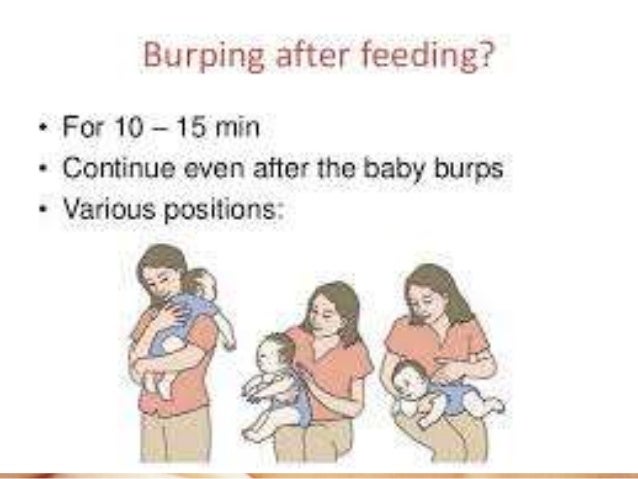 Of course, in such cases, he overeats and burps. nine0003
Of course, in such cases, he overeats and burps. nine0003
Calmness, only calmness
Immediately after feeding, do not make any active manipulations with the baby, change clothes, bathe, shake him up, do massage. It is not recommended that the baby himself begin active actions: crawl, roll over. Many experts recommend immediately after feeding for some time to hold the baby in an upright position, “column”, so that excess air comes out and in order to exclude the possibility of spitting up.
Popular questions and answers
Can regurgitation occur not immediately, but after an hour or two after feeding?
- Both physiological and pathological regurgitation occurs immediately after feeding or delayed (after 1-2 hours). When delayed, the child spits up curdled milk, says Dr. Volik.
If a baby spit up frequently after breastfeeding, does that mean we should stop breastfeeding?
— Regurgitation is not a contraindication to breastfeeding! No pathology of the gastrointestinal tract should turn you against HB, says Anna Volik.

